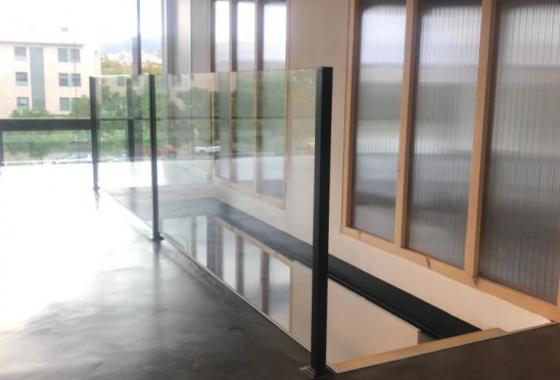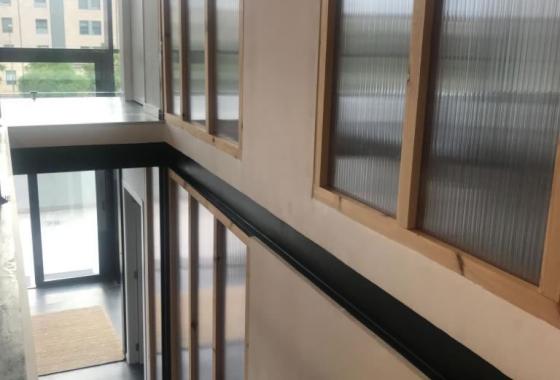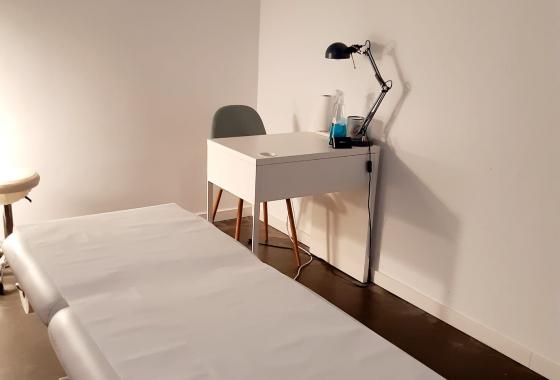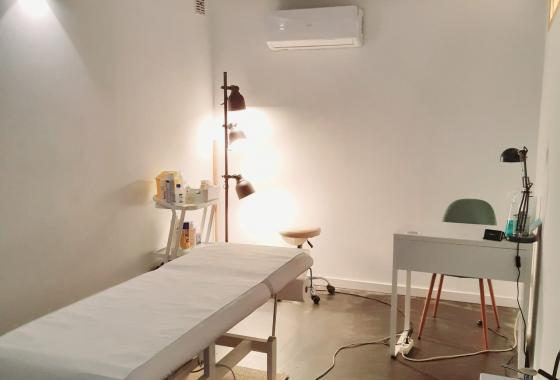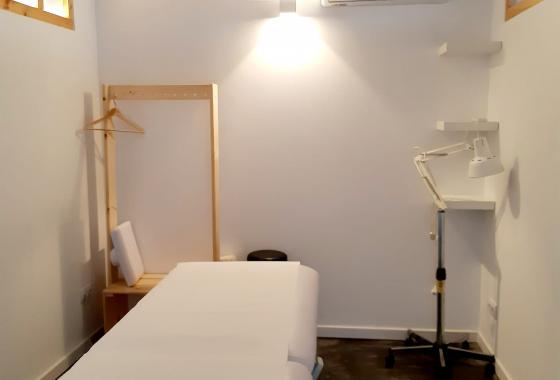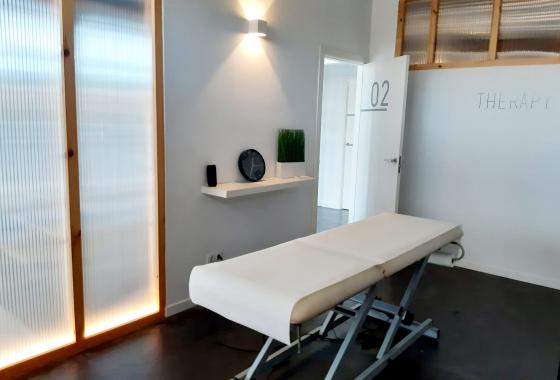Fascia Lata Tendinitis or Iliotibial Band Syndrome is a sports injury that appears around the knee joint when running, and includes several disease conditions. Fascia Lata Tendinitis is characterized by lateral knee pain among other symptoms that you can learn about in the following article, also find out what causal factors cause it and how the treatment is carried out at FisioClinics Palma de Mallorca.
What is Iliotibial Band Syndrome?
Iliotibial Band Syndrome is a chronic sports injury often found in athletes and is a disease caused by excessive friction between the iliotibial band and the femur (thigh bone). It will be more likely to develop at times when the amount of exercise increases suddenly or the frequency of participation in the race increases.
The so-called Runner's Knee is due to the friction of this tendon on the external side of the knee, during the flexion and extension of the leg on the thigh, in the case of tendinitis it is possible to perceive under the skin that the tendon moves sideways. This pathology especially affects runners and also those whose footsteps on the outside (supinator footprint).
What are the symptoms of Iliotibial Band Syndrome?
Iliotibial Band Syndrome or Iliotibial Girdle Syndrome is characterized by pain that originates on the outer surface of the knee, usually only on one side and presents other symptoms such as:
-
Tenderness and swelling outside the knee joint.
-
Pain when walking down the stairs.
-
Lateral snap during knee movements.
-
There is a pain when the foot connects to the ground during the run and the weight is released.
There may also be a feeling of warmth and bloating. As a factor of occurrence, there is a varus twist of the legs and knees, or a form of running in which the body leans to one side when the leg is in contact with the ground.
What Causes Runner's Knee?
The main cause of Runner's Knee is overuse of the knee. Other factors are added, such as excessively traveled time and distance, insufficient flexibility (insufficient warm-up), lack of rest, hard road and descent, inappropriate shoes, etc. People with genus varum (bowing of the knees), those with muscular imbalances in the lower limbs, people with tension in the lower ligaments are often the most likely to suffer from Fascia Lata Tendinitis.
How is the medical diagnosis of Iliotibial Band Syndrome made?
The diagnosis of Iliotibial Band Syndrome is made by collecting the medical history, medical examination and using, if necessary, additional diagnostic tests such as:
-
Ultrasound (or ultrasound) can allow us to see a thickening due to the inflammation of the tendon.
-
Magnetic resonance imaging (MRI) is rarely used to diagnose tendinitis, at least initially. However, MRI is an examination with excellent diagnostic acuity both in tendonitis or in the differential diagnosis of other pathologies. MRI can also be important in quantifying the injury and allowing us to plan a treatment approach.
-
Radiography (x-rays) does not allow the diagnosis of tendinitis, but it is a test that can be used in the differential diagnosis of other diseases, to rule out other diseases such as coxarthrosis (osteoarthritis of the hip), fractures, etc.).
 Physiotheraphy
Physiotheraphy Osteopathy
Osteopathy Massage
Massage Lymphatic
Lymphatic Group classes
Group classes Home
Home Baby
Baby


















